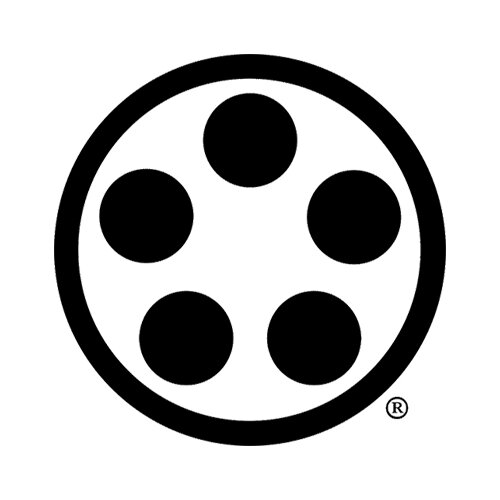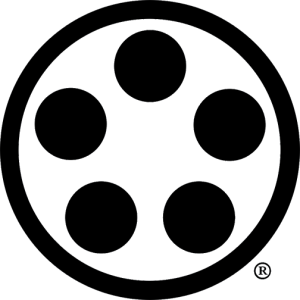The Use of Weapons in Yamate-ryū Aikijutsu
Yamate-ryū aikijutsu makes use of numerous weapons in its curriculum. These include bokken, shōtō (wakizashi), tantō, and jō. Other weapons may also be used occasionally. It is important to understand why we use weapons in our training and how they impact the techniques we teach. Although many aiki arts treat weapon training purely as a way to improve their empty-handed techniques, in Yamate-ryū the weapons are integral to our art’s modern application, not just our history.
The origin of Yamate-ryū, and indeed all aiki arts descended from Daitō-ryū, is rooted in the use of weapons. Takeda Sōkaku, Daitō-ryū’s founder (or at least its first public teacher), and his mentors and teachers lived and trained during the late Edo and early Meiji periods, when Samurai carried swords and knives constantly. The arts that preceded and form the foundation of the aiki arts come from a time when samurai were armed, and expected their opponents to be armed.
The fact that Samurai were armed, and expected their opponents – possibly multiple opponents - to be armed, is drastically different from some of the combative assumptions we see in many modern martial arts and sports. No matter what the rules are in any ring-based combative sport, they all have two fundamental rules in common: 1) No Weapons, and 2) No Friends. It seems we take this for granted sometimes. Of course you can’t have your buddy jump into the cage during an MMA match and stab your opponent in the back with a knife, right? Well, that’s true for controlled sports, but it wasn’t true at all when the parent art of Yamate-ryū was being created. The fact that both Samurai and their opponents were always armed is reflected in the techniques of the art. Also, as the concept of “self-defense” in martial arts is rather modern, many techniques assume the role of the aggressor. These techniques are designed to attack and do harm to someone. There is no assumption that we are unavoidably defending ourselves. We see the truth of this in the techniques of Yamate-ryū aikijutsu.
Our sōden are traditionally practiced only on one side of the body, not right and left sides like our foundational techniques (gokyō). This is due to an assumption of wearing daishō.
Our stylized finish when applying osae-waza is to raise the hand and kiai, symbolic of finishing an opponent with a weapon. We hold the opponent down in order to cut his throat.
Attacking an opponent by grabbing wrists is common in aiki arts. To those who view these arts as unarmed, that no doubt seems a bit pointless. The reason is that wrist grabs are pointless in the absence of weapons either in-hand, or close at hand. However; grabbing a wrist to stop yourself from being stabbed or slashed, or to stop someone from getting a knife or sword out of their belt is a common tactic. In modern times this tactic may also be used if someone is trying to access a pistol.
For a final example, we can look again to our osae-waza. “Osae-waza” is frequently translated as “pinning”, but that translation – although possibly the best available – is not quite accurate. Pinning gives the impression of holding someone’s shoulders to the mat for a wrestling win, or possibly causing them to submit in a jūdō or jūjutsu competition. The osae-waza in Yamate-ryū are different. Some of them are kansetsu-waza, intended to damage a joint, but in the dōjō held in place to demonstrate control. Others, however, are used to hold an opponent down just long enough to draw a weapon and finish them – maybe only a second or two. When the osae-waza is applied, the practitioner’s right hand will be free to draw a weapon and finish the engagement.
Using a weapon during training is critical to understanding these techniques. Although some aiki arts have a general understanding that the empty-handed techniques they practice come from the sword, they have over time become “‘empty-handed” versions. This is incorrect. These techniques are not merely empty-handed versions of old weapon techniques. They are – today – weapon techniques. To lose sight of that reality is to do a disservice to your training. Train with it and it will strengthen your techniques and your budō.
THE END

